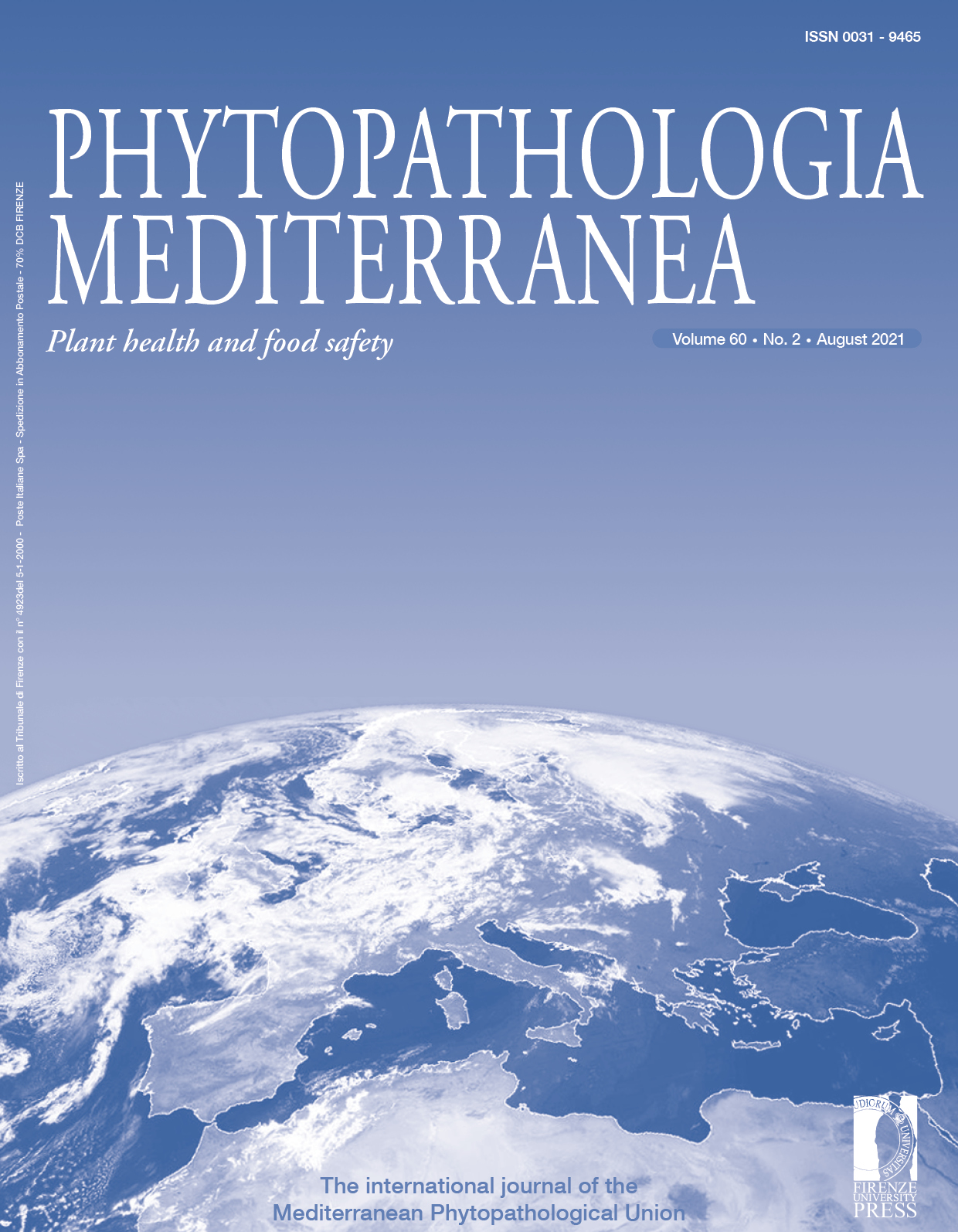Published 2021-09-13
Keywords
- Molecular characterization,
- Sequence alignment,
- Polerovirus,
- Luteoviridae,
- Sudan
How to Cite
Abstract
In Sudan yellowing viruses are key production constraints in pulse crops. Field surveys were carried out to identify luteovirids affecting chickpea crops in the major production regions (Gezira Scheme and River Nile State). A total of 415 chickpea plant samples with yellowing and stunting symptoms were collected during the 2013, 2015 and 2018 growing seasons. Serological results (Tissue-blot immunoassays) showed that Luteoviridae and Chickpea chlorotic dwarf virus (CpCDV, genus Mastrevirus, family Geminiviridae) were the most common viruses, with rare infections with Faba bean necrotic yellows virus (FBNYV, genus Nanovirus, family Nanoviridae). Some samples reacted only with a broad-spectrum luteovirid monoclonal antibody (5G4-MAb), and others showed cross reactions between the specific monoclonal antibodies, suggesting the occurrence of new luteovirid variants. Serological results were confirmed by amplification with reverse transcription-polymerase chain reaction (RT-PCR) and sequencing of the partial coat protein gene. Molecular analyses provided a basic, sufficient and reliable characterization for four viruses affecting chickpea that belong to Polerovirus (family Luteoviridae). These were Cucurbit aphid-borne yellows virus (CABYV), Pepper vein yellows virus (PeVYV), Pepo aphid-borne yellows virus (PABYV) and Cotton leafroll dwarf virus (CLRDV), that shared high similarity with the type sequences. Phylogenetic analyses also revealed high similarity to luteovirid species. This study has established reliable, rapid and sensitive molecular tools for the detection of luteovirid species.







